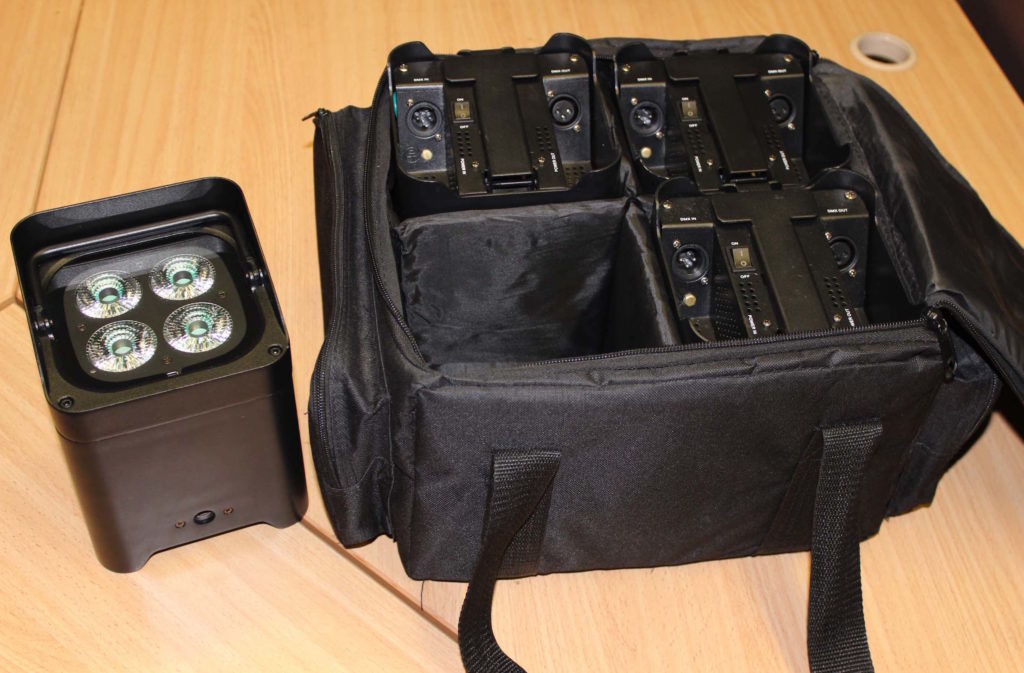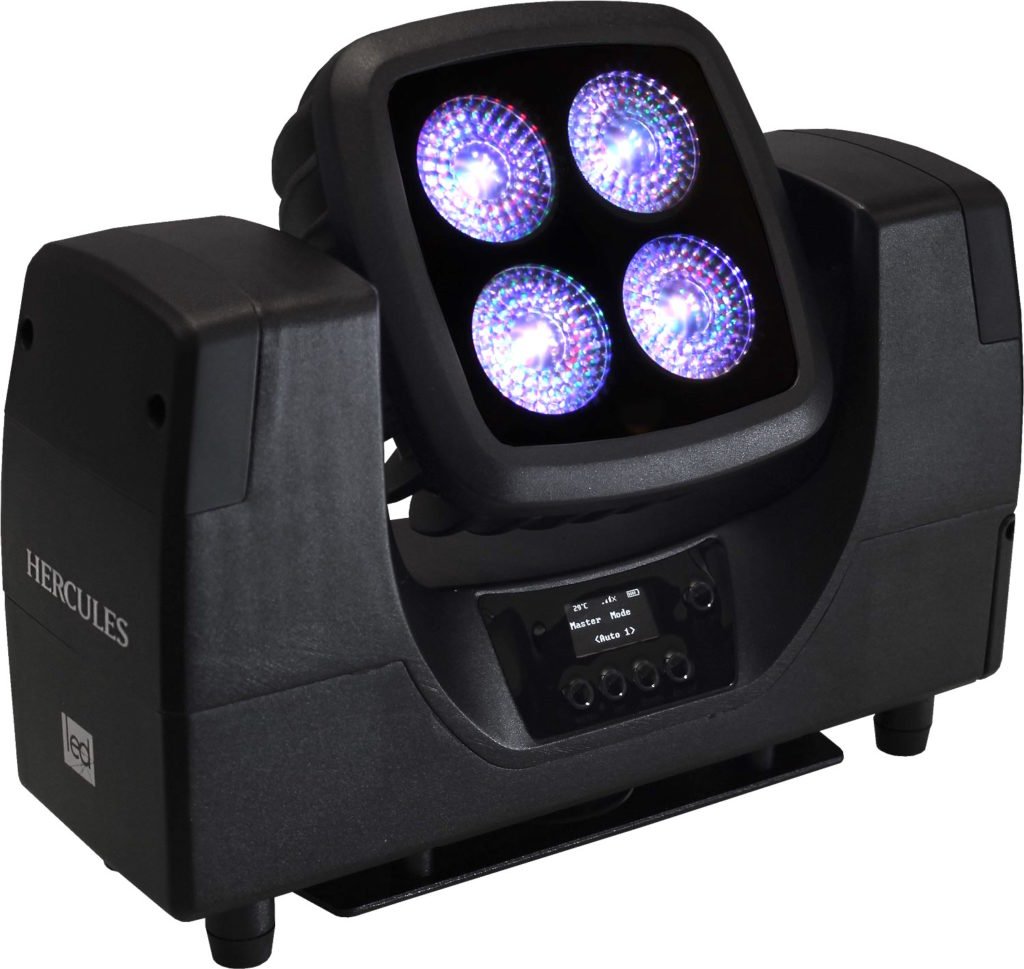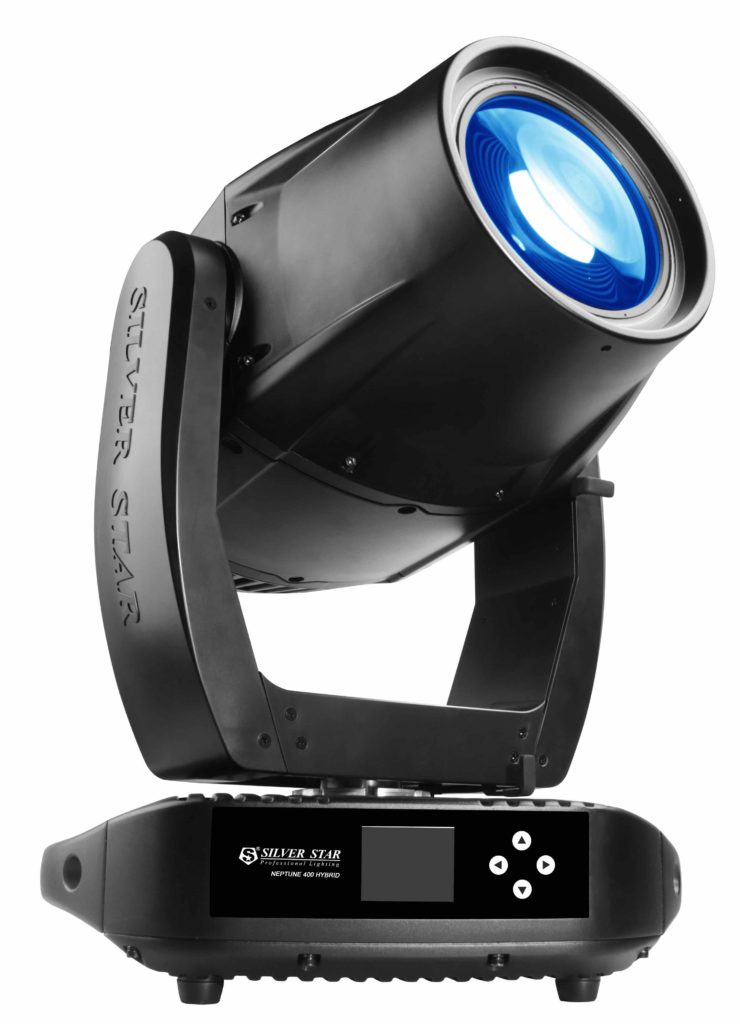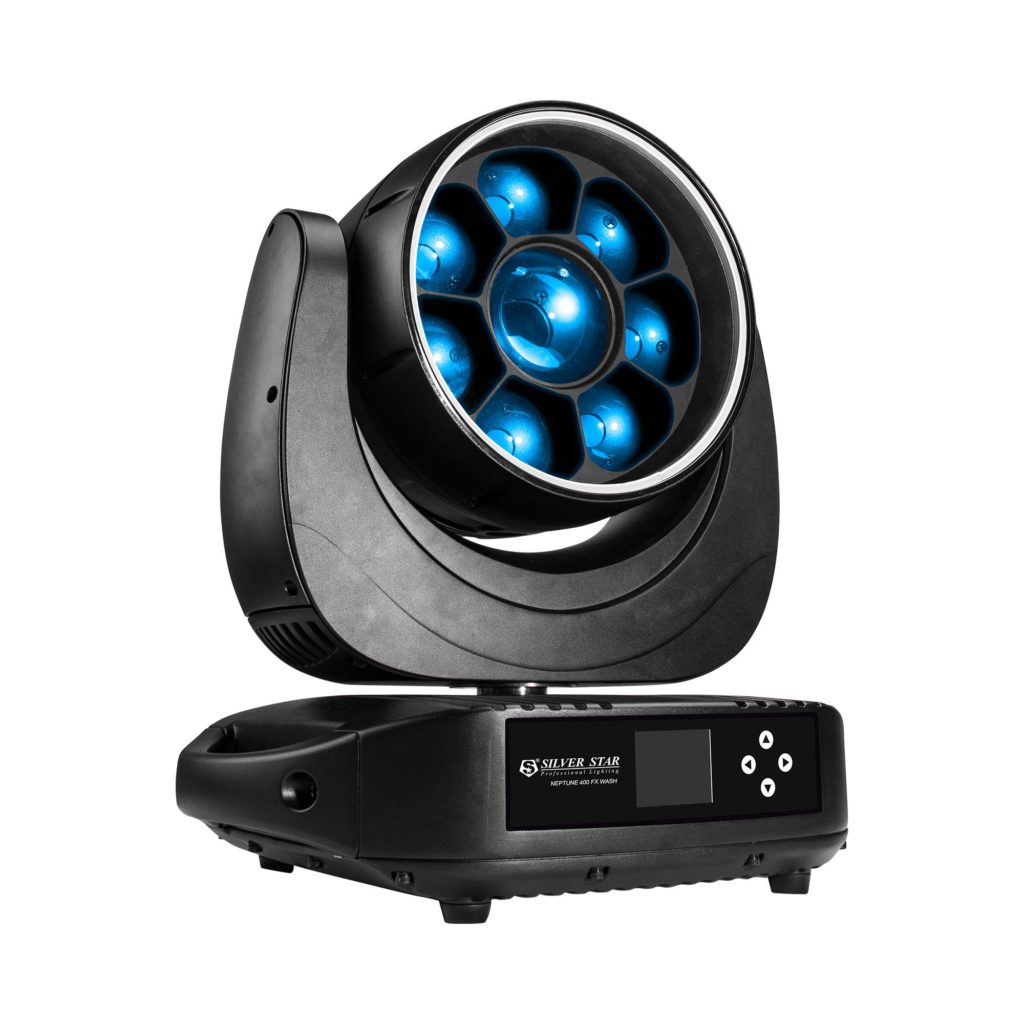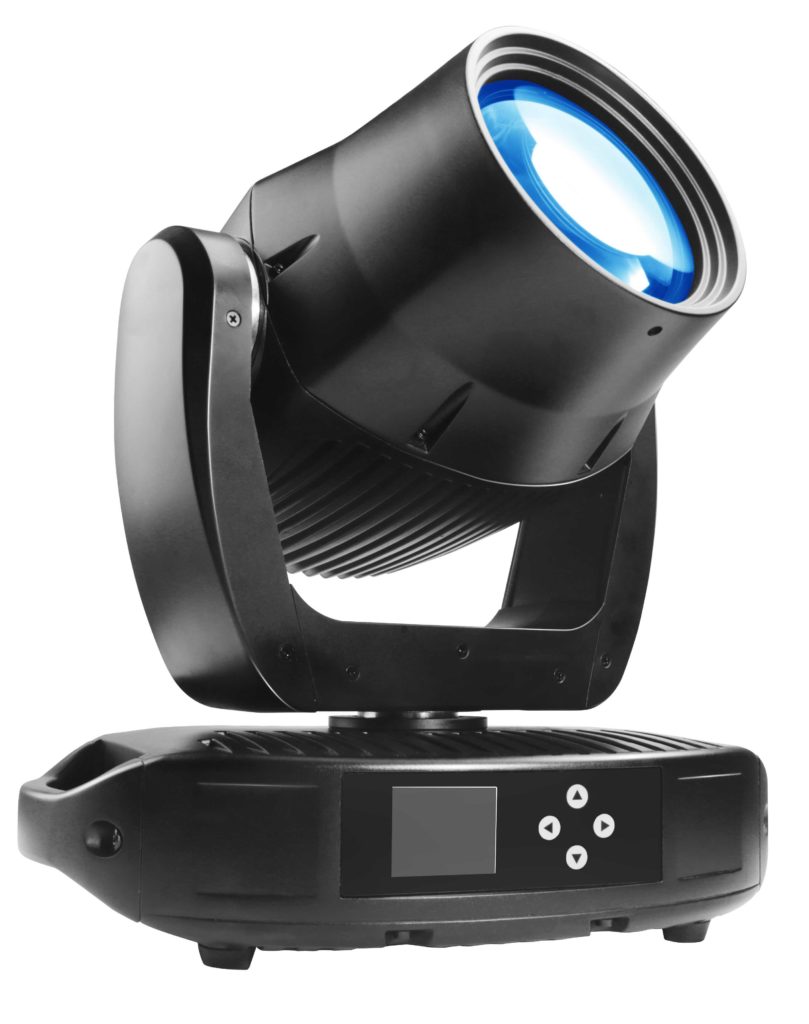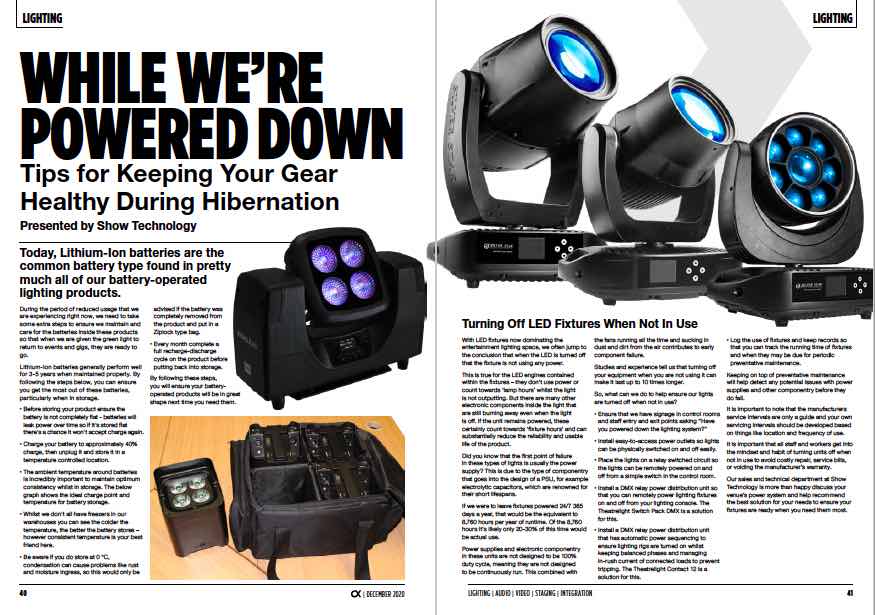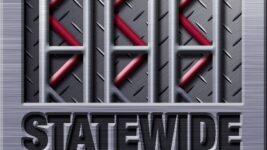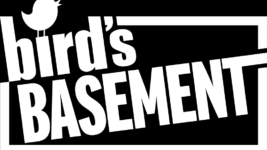Lighting
11 Dec 2020
While We’re Powered Down
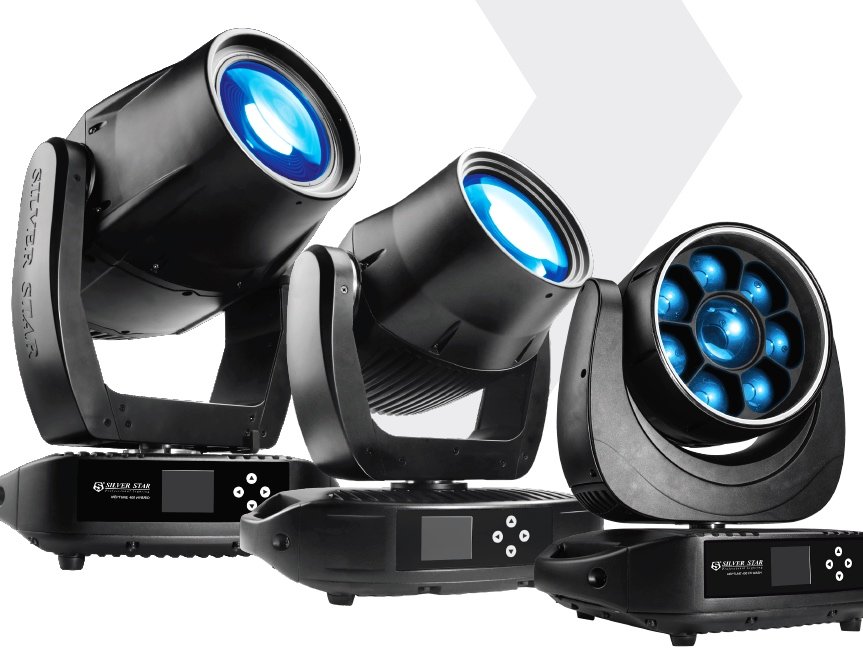
Subscribe to CX E-News
Tips for Keeping Your Gear Healthy During Hibernation
Today, Lithium-Ion batteries are the common battery type found in pretty much all of our battery-operated lighting products.
During the period of reduced usage that we are experiencing right now, we need to take some extra steps to ensure we maintain and care for the batteries inside these products so that when we are given the green light to return to events and gigs, they are ready to go.
Lithium-Ion batteries generally perform well for 3-5 years when maintained properly. By following the steps below, you can ensure you get the most out of these batteries, particularly when in storage.
- Before storing your product ensure the battery is not completely flat – batteries will leak power over time so if it’s stored flat there’s a chance it won’t accept charge again.
- Charge your battery to approximately 40% charge, then unplug it and store it in a temperature controlled location.
- The ambient temperature around batteries is incredibly important to maintain optimum consistency whilst in storage.
- Whilst we don’t all have freezers in our warehouses you can see the colder the temperature, the better the battery stores –however consistent temperature is your best friend here.
- Be aware if you do store at 0 °C, condensation can cause problems like rust and moisture ingress, so this would only be advised if the battery was completely removed from the product and put in a Ziplock type bag. Every month complete a full recharge-discharge cycle on the product before putting back into storage.
By following these steps, you will ensure your battery-operated products will be in great shape next time you need them.
Turning Off LED Fixtures When Not In Use
With LED fixtures now dominating the entertainment lighting space, we often jump to the conclusion that when the LED is turned off that the fixture is not using any power.
This is true for the LED engines contained within the fixtures – they don’t use power or count towards ‘lamp hours’ whilst the light is not outputting. But there are many other electronic components inside the light that are still burning away even when the light is off.
… there are many other electronic components inside the light that are still burning away even when the light is off
If the unit remains powered, these certainly count towards ‘fixture hours’ and can substantially reduce the reliability and usable life of the product.
Did you know that the first point of failure in these types of lights is usually the power supply? This is due to the type of componentry that goes into the design of a PSU, for example electrolytic capacitors, which are renowned for their short lifespans.
If we were to leave fixtures powered 24/7 365 days a year, that would be the equivalent to 8,760 hours per year of runtime. Of the 8,760 hours it’s likely only 20-30% of this time would be actual use.
Power supplies and electronic componentry in these units are not designed to be 100% duty cycle, meaning they are not designed to be continuously run.
This combined with the fans running all the time and sucking in dust and dirt from the air contributes to early component failure. Studies and experience tell us that turning off your equipment when you are not using it can make it last up to 10 times longer.
So, what can we do to help ensure our lights are turned off when not in use?
- Ensure that we have signage in control rooms and staff entry and exit points asking “Have you powered down the lighting system?”
- Install easy-to-access power outlets so lights can be physically switched on and off easily.
- Place the lights on a relay switched circuit so the lights can be remotely powered on and off from a simple switch in the control room.
- Install a DMX relay power distribution unit so that you can remotely power lighting fixtures on and off from your lighting console. The Theatrelight Switch Pack DMX is a solution for this.
- Install a DMX relay power distribution unit that has automatic power sequencing to ensure lighting rigs are turned on whilst keeping balanced phases and managing in-rush current of connected loads to prevent tripping.
The Theatrelight Contact 12 is a solution for this. Log the use of fixtures and keep records so that you can track the running time of fixtures and when they may be due for periodic preventative maintenance.
Keeping on top of preventative maintenance will help detect any potential issues with power supplies and other componentry before they do fail.
It is important to note that the manufacturers service intervals are only a guide and your own servicing intervals should be developed based on things like location and frequency of use.
It is important that all staff and workers get into the mindset and habit of turning units off when not in use to avoid costly repair, service bills, or voiding the manufacturer’s warranty.
Our sales and technical department at Show Technology is more than happy discuss your venue’s power system and help recommend the best solution for your needs to ensure your fixtures are ready when you need them most.
Show Technology
www.showtech.com.au
CX Magazine – December 2020
LIGHTING | AUDIO | VIDEO | STAGING | INTEGRATION
Entertainment technology news and issues for Australia and New Zealand
– in print and free online www.cxnetwork.com.au
On Maintenance:
See also from CX Network (and the pre-LED era) ‘Moving Light Service‘ – Connections Magazine, March 2003 [CX #1 BTW]
John Grimshaw visited Chameleon Touring Systems to see first-hand the efforts undertaken to protect their multi-million dollar inventory – with Luke Radin (then) Manager of Chameleon’s moving light dept.
https://www.cxnetwork.com.au/moving-light-service
‘Maintenance – Do it on your own terms‘ by Simon Byrne, CX Magazine, September 2018
https://www.cxnetwork.com.au/maintenance-do-it-on-your-own-terms
‘The importance of networked asset management for AV‘ by Chris Ling from Jands, CX Magazine, June 2019
https://www.cxnetwork.com.au/the-importance-of-networked-asset-management-for-av
© VCS Creative Publishing
Subscribe
Published monthly since 1991, our famous AV industry magazine is free for download or pay for print. Subscribers also receive CX News, our free weekly email with the latest industry news and jobs.

